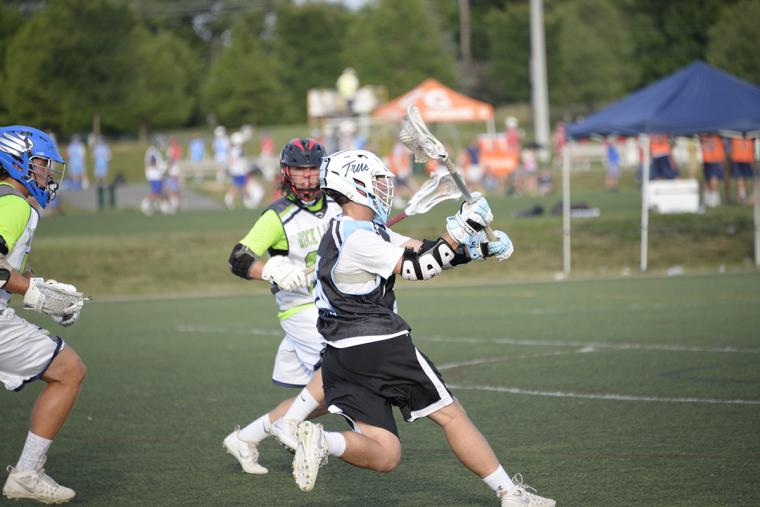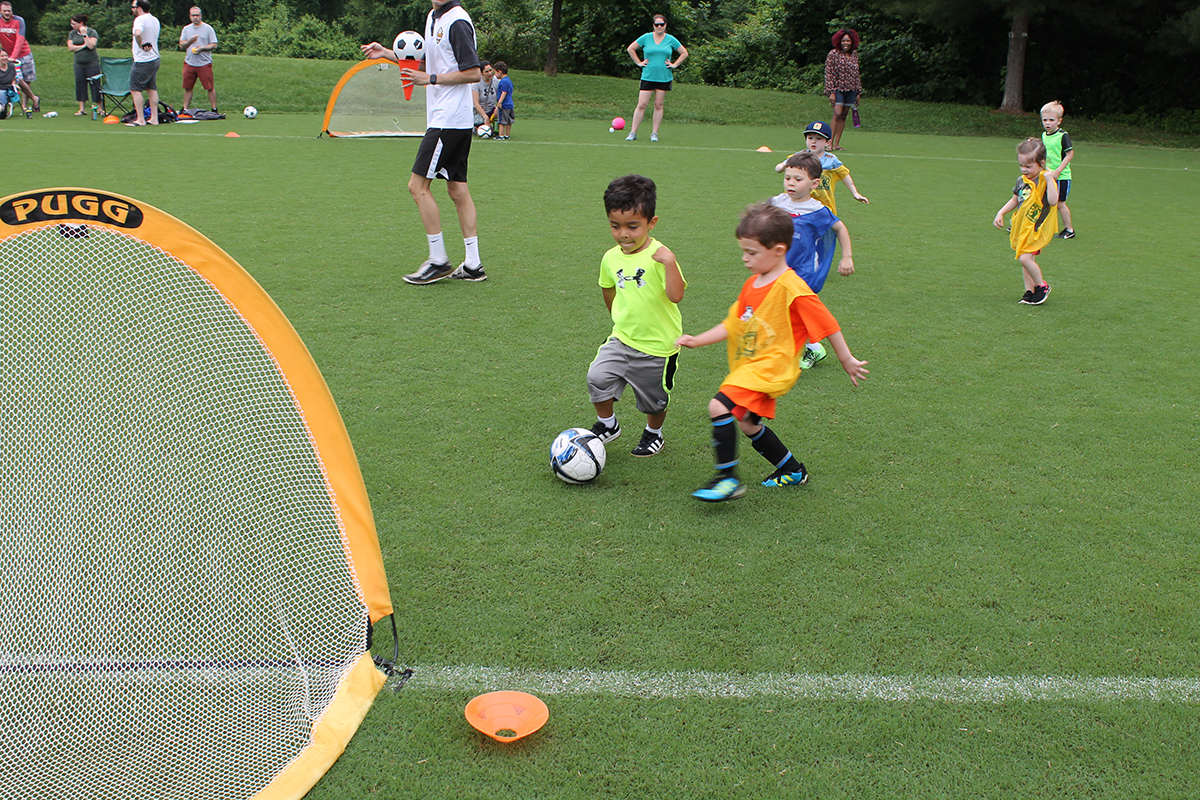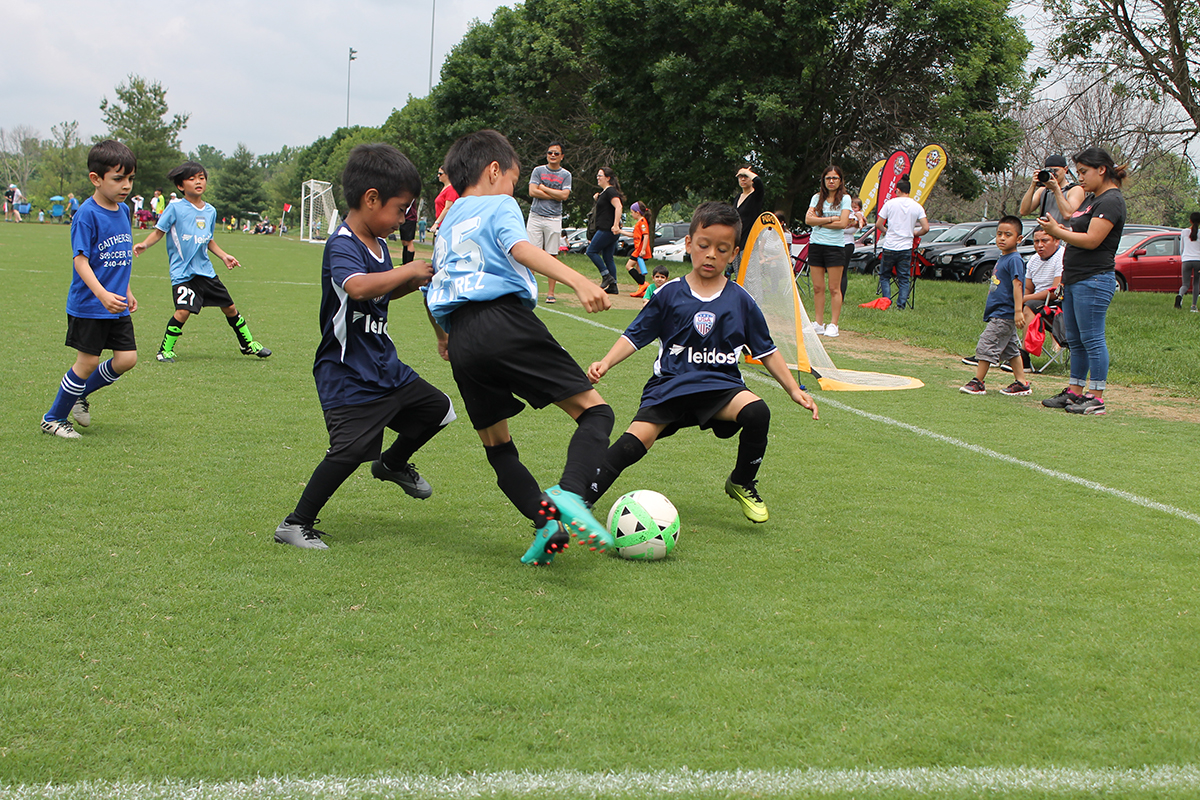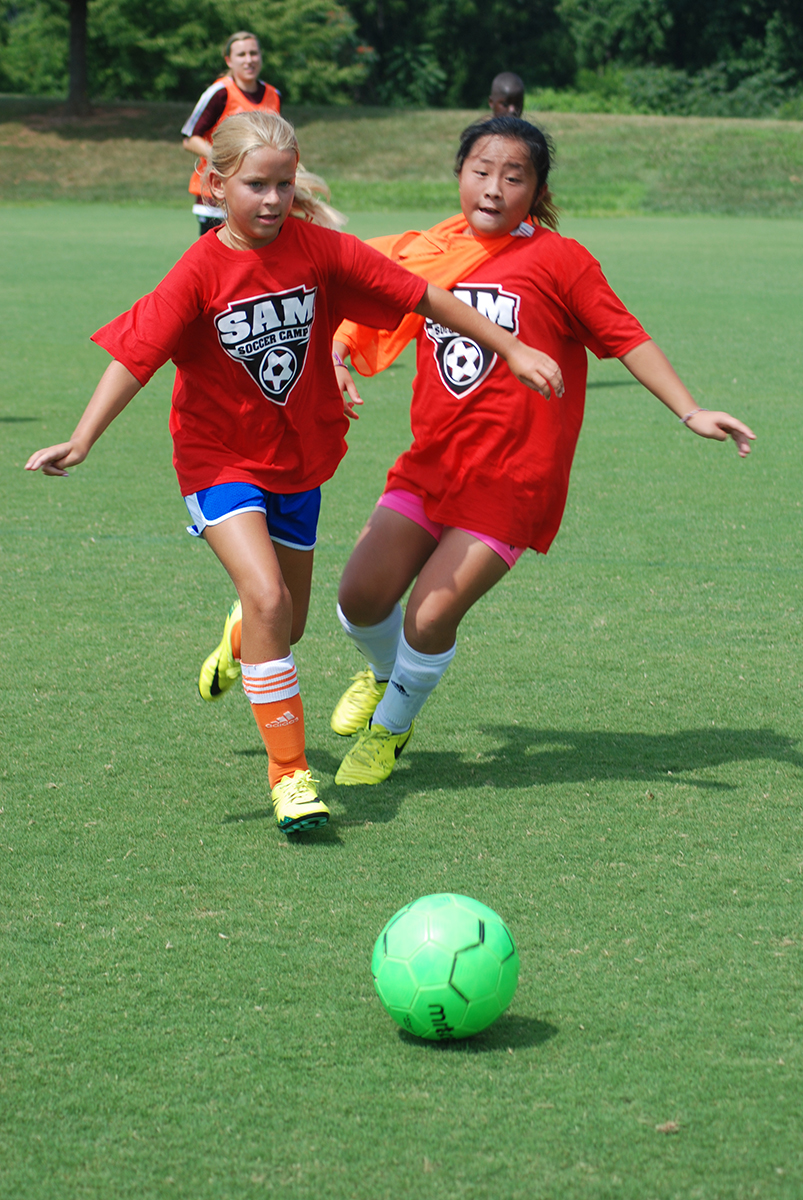

This may seem farfetched to you as the US continues down a path of building new sports complexes around the country. However, this situation may soon be coming to a town near you as participation in sports continues to decline in the United States. In fact, there’s empirical evidence: the most recent Sports & Fitness Industry Association’s State of the Industry report showed an upward trend in inactivity.
Naturally, the sports industry has been taking steps to try to counter this problem. The Aspen Institute started a campaign called “Don’t Retire, Kid” in 2019 in direct response to the survey results from their own study with Utah University. That study found that the average child in the US spends less than three years playing a sport and quits by age 11.
While most of this decline is seen on the recreational level, it is starting to have a long-range impact – and we are finding it in the travel sector of youth sports. This is most heavily seen in girls’ sports where the drop-out rate is six times that for boys. This number should scare you if you are in the sports tourism industry.
Causes for Decline in Participation
There are several factors affecting the decline in youth sports. The biggest factors are the overall demands of “professionalized” youth sports, the rising cost of participation and increasing attraction of screen time. Let’s examine these factors one by one.
As the sports tourism industry has grown, so has the professionalism in youth sports. Youth athletes are being asked to specialize in a single sport as early as eight years old.
This professionalism and specialization can have disastrous effects on youth athletes both mentally and physically. Numerous medical articles have been published on the topic and nearly all come to the same conclusions. Risks of early sports specialization include higher rates of injury and increased psychological stress. One more risk, though, is that it can lead to quitting sports at a young age.

These studies also point out the irony of sports specialization trends. For most sports, there is no evidence that intense training and specialization before puberty are necessary to achieve elite status. This drive toward professionalism in youth sports has made sports less fun for children, driving them out of not only the sport they are specializing in, but also sports in general.
Sports in general are now more expensive than ever, creating another negative. TD Ameritrade published survey results in 2018 showing that the average family spends between $600 and $1200 per year on youth sports. The survey also found that parents of children in ‘elite’ travel programs can spend as much as $1000 a month on youth athletics.
As an example, a high school baseball catcher may well be sporting $2,500 worth of gear between catcher’s mitts, leg guards, bats, shoes, protective undergear, helmets and bags, most of which must be replaced every few years.
The high costs of participation are one of the leading factors for declining participation. Parents just cannot afford to pay thousands of dollars in fees, travel costs and other expenses associated with travel sports. As costs get higher, participation continues to decline.
Eventually, there will be a tipping point where the industry value starts to decline. The wealth gap in the United States also applies to youth sports. Children in economically distressed communities, many of whom are those most in need of additional physical activities, cannot afford to participate any longer.
Related studies also produced a correlation between an increase in screen time among youth and a decline in sports participation. The more time children and teens spend playing games, interacting on social media and surfing the Internet, the lower the amount of time they will spend on physical activity, which will increase potential health issues for these children.
Economic Costs to Communities
If you represent a sports destination, these numbers should be alarming as the decline in participation could have economic consequences for every community and every destination, including yours. In today’s arms race to build bigger and better sports complexes, to grab a bigger share of the tournament and event business, communities are spending millions of dollars to stimulate economic activity in their area.

The sports complexes are built to bring in those tournaments that result in heads in beds at the local hotel, people eating in local restaurants, and spending money in local shops. For the past 20 years, it seemed like a fail-safe investment, but those times are starting to change. As the pool of athletes shrinks, so do the tournaments that used to host them.
When cities, counties and towns started spending millions on new facilities they knew it was a long-term play. They were all expecting to drive teams to their communities for 10, 15, even 20 years with phased-in construction. They all want a piece of the estimated $15 billion sports tourism industry. While the trend seems to continue to rise in value each year, that rise is also part of the problem. The rise in value of the industry is not due to more people participating, but rather, from higher and higher costs to participate.
If tournaments and events cannot draw enough teams to operate, they will shut down and leave those million-dollar sports complexes empty. In most cases, communities built these sports complexes under a financial model that required nearly maximum usage throughout the year to make the financials work and the community to benefit. When the sports facility sits idle, the economic effects trickle down to the hotels, bars, restaurants, other local businesses and attractions.
Health Costs
In addition to the decline in sports participation, there is a major effect on the health of communities and, as a whole, the health of the nation. Research has proven time and time again that obesity is a major issue in American health and wellness. The current US Surgeon General has called obesity the second most dangerous health issue in the United States, behind only the opioid epidemic.
The Department of Defense (DoD) has called obesity a national security crisis. According to the DoD, more than 25 percent of the current adult population is unfit to serve in the military due to obesity issues. They project that this number will only increase as only one quarter of the current generation of children get the recommended amount of aerobic physical activity each day.
According to the Centers for Disease Control and Prevention, obesity is also linked to dozens of other health risks, such as diabetes, heart disease and cancer.
The Organization for Economic Cooperation and Development found that the United States spends approximately $10,500 per person on health care cost each year. That is significantly more than the next closest developed country, Switzerland, which spends $7,317, and almost double that of Germany, which spends $5,486 per capita. These high expenditures for health care in the US can be tied directly to the obesity epidemic in this country. Health care costs are an economic drain to both individuals as well as to the federal, state and local government.

What Can the Sports Tourism Industry Do?
Simply put, the sports tourism industry cannot sit on the sideline and hope someone else will solve this problem. Youth sports participation is at the core of the sports tourism business. The industry as a whole must make a concerted effort to help improve conditions to foster participation in sports among the current and future generations of children.
Failure to do so will cut off the lifeline that fuels our industry. As more and more recreation-level programs disappear to make way for elite programs, children are being denied the opportunity to engage with more children to allow them to develop the love of sports. This could potentially lead these young athletes to jump to that elite travel level that populates tournaments that fill sports complexes every weekend.
Sports facilities, DMOs, sports commissions and rights holders alike must support grassroots level programming. This support can be through various methods, whether it is funding, time, materials, or even volunteering your time to coach a team. Having a positive experience with a coach at the recreational level can be a deciding factor for a child to return the following season.
It is from these recreational-level teams that the travel teams eventually develop. The more children who can get involved at the recreational level, the more who will ultimately become involved with the travel programs that industry relies upon. And by hosting sports equipment donation drives, we can provide equipment to students whose parents can’t afford it, allowing them to participate without as much added expense.
Another area that the industry and community can get involved in, in order to help drive participation numbers upwards, is by increasing the number of individuals enrolled in referee programs. There is not one sport in the United States that is not experiencing a shortage of referees. These shortages also limit the size of programs, leagues and tournaments.
Referees, like youth participants, are dropping out at record numbers. Referees are often overworked and abused by parents, coaches and players on and off the field, and since most amateur sports officials don’t get paid for their time, there is no incentive for them to continue.
Our industry can work with national governing bodies and the local community to sponsor referee training and certification classes and recruitment drives. (We can also work to foster a better atmosphere for refs and make a zero-tolerance policy for abuse.)
Call to Action
It is quite clear that the sports tourism industry cannot stick its proverbial head in the sand and ignore this issue. Sports tourism has become an important economic driver for our communities and it is essential for the industry to protect the source of that economic driver, youth participants. If participation levels continue to drop, so will the revenues generated by tournaments, events and leagues. The boom in sports complex development will come to a swift halt and you will begin to see ‘white elephant’ complexes sitting vacant and overgrown with weeds like so many of the arenas and venues after an Olympics.
Communities, rights holders and DMOs must learn the lessons of those Olympic failures and plan for future generations to use our community sports facilities, and not simply believe that if you build it, they will come. SDM

